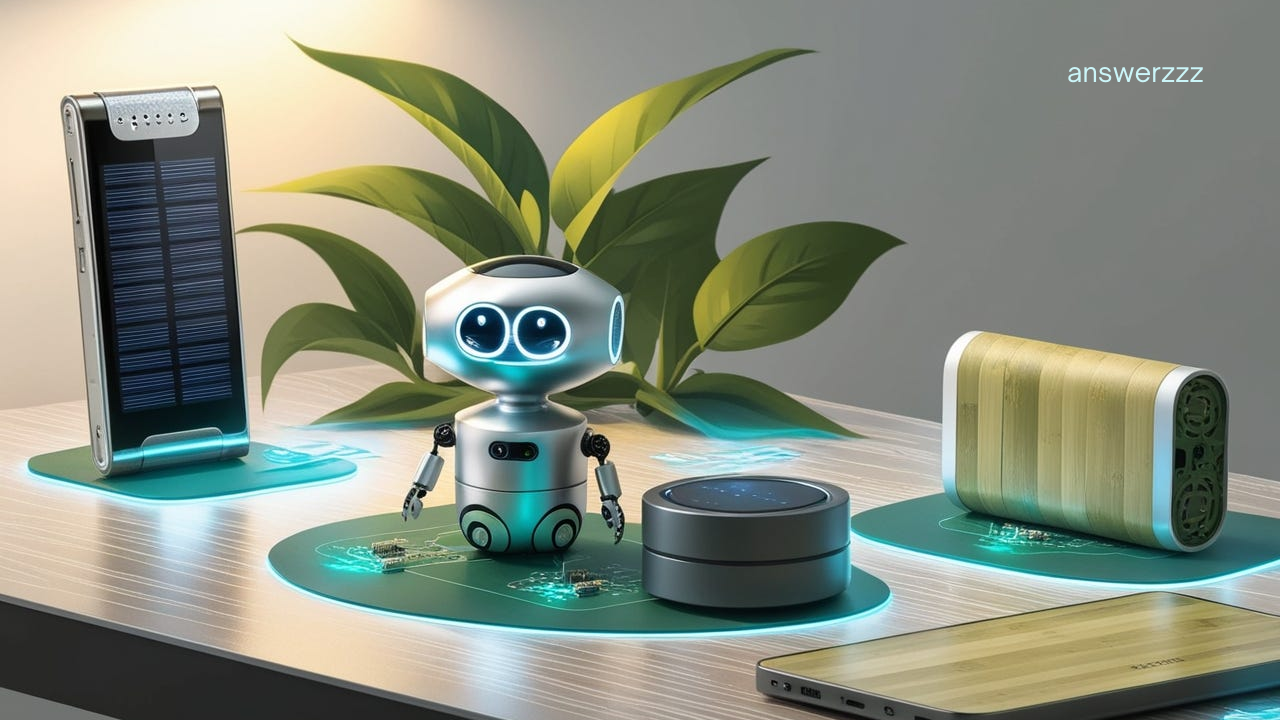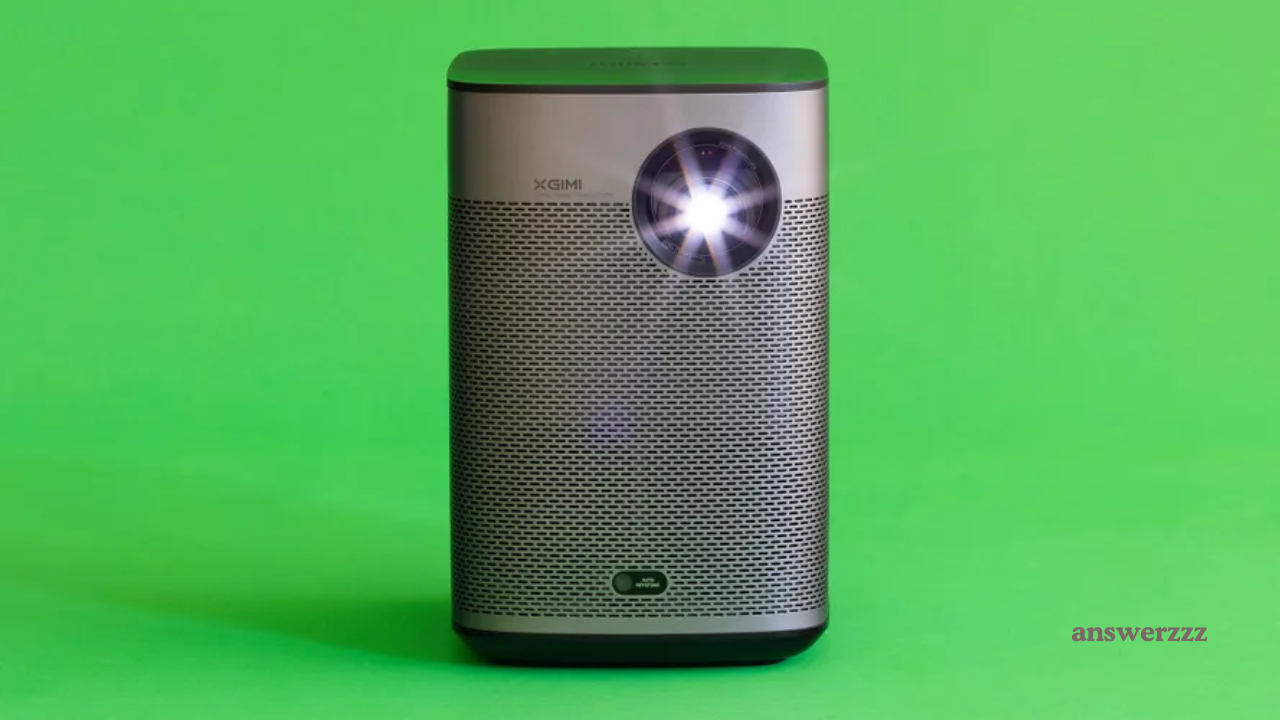In an era defined by technological advancements and growing environmental concerns, there is an increasing demand for eco-friendly gadgets that contribute to sustainability. As we strive to reduce our carbon footprint and embrace green living, innovative technologies have emerged to help us live smarter and more sustainably. From energy-efficient appliances to cutting-edge renewable energy solutions, eco-friendly gadgets are not only enhancing our everyday lives but also offering tangible ways to combat climate change.
This comprehensive guide explores the best eco-friendly gadgets and how they contribute to a more sustainable future. Whether you’re a tech enthusiast or simply looking to make greener choices, these sustainable tech innovations will help you lower your environmental impact while enjoying the benefits of modern technology.
1. Solar-Powered Gadgets

One of the most impactful eco-friendly innovations is the widespread use of solar energy. Solar-powered gadgets harness the sun’s energy, which is renewable, abundant, and clean, making them an excellent choice for reducing reliance on fossil fuels and decreasing greenhouse gas emissions.
Solar Chargers and Power Banks
Solar-powered chargers and power banks are among the most popular eco-friendly gadgets. These devices allow users to charge smartphones, tablets, and laptops using solar energy, eliminating the need for traditional electricity. Some models feature built-in solar panels, which allow users to recharge their devices while outdoors, making them perfect for camping, hiking, or travelling.
Solar chargers are available in various sizes and capacities, and many are lightweight, portable, and durable. Some advanced models even have the ability to charge multiple devices at once, providing a convenient solution for keeping electronics powered without contributing to energy consumption from the grid.
Solar-powered lamps and Lights
In addition to portable chargers, solar-powered lamps and lights are increasingly popular in outdoor settings and homes alike. These lights can be used to illuminate gardens, walkways, patios, or even entire streets in some cases. Solar lights come with built-in photovoltaic cells that collect and store sunlight during the day, automatically turning on at night.
By switching to solar lighting, homeowners and businesses can significantly reduce their electricity consumption, contributing to both energy savings and lower carbon emissions. Furthermore, solar-powered lights often have long-lasting LED bulbs that can outlast traditional incandescent options, making them both energy-efficient and cost-effective.
2. Energy-Efficient Home Appliances
In the quest for sustainability, energy-efficient home appliances play a vital role in reducing electricity consumption and minimizing environmental impact. Many modern appliances are designed with energy-saving technologies that not only help lower your carbon footprint but also reduce utility bills.
Unveiling the Future of Smartphones: What to Expect from Next-Gen Devices
Smart Thermostats
Smart thermostats, like those from Nest, Ecobee, and Honeywell, allow homeowners to regulate their heating and cooling systems more efficiently. These devices learn your schedule and preferences, adjusting the temperature automatically to ensure that energy is not wasted when the house is empty. Additionally, many smart thermostats can be controlled remotely via smartphone apps, providing even more flexibility in optimizing energy use.
By using less energy to heat and cool homes, smart thermostats contribute to reducing the demand for power generated from fossil fuels. This can have a direct positive effect on lowering your carbon footprint.
Energy Star Appliances
Appliances that carry the Energy Star label are designed to consume less energy without sacrificing performance. This includes everything from refrigerators and dishwashers to washing machines and air conditioners. Energy Star-certified appliances meet strict energy efficiency guidelines set by the U.S. Environmental Protection Agency (EPA) and can reduce electricity consumption by as much as 50% compared to older, less-efficient models.
Investing in Energy Star appliances not only helps reduce energy consumption but also saves money in the long run, as these appliances are designed to last longer and operate more efficiently.
3. Eco-Friendly Wearable Tech

Wearable technology has exploded in popularity in recent years, and today, some of these devices are designed with sustainability in mind. Eco-friendly wearables are built using sustainable materials, and energy-efficient technologies, and offer features that promote a greener lifestyle.
Solar-Powered Smartwatches
For those looking to merge the benefits of wearable tech with sustainable energy, solar-powered smartwatches are a game changer. Brands like Garmin and Citizen offer solar-charging smartwatches that use built-in solar panels to extend battery life, reducing the need for frequent recharging through electricity.
These watches are equipped with features such as fitness tracking, GPS navigation, heart rate monitoring, and sleep tracking, all powered by renewable solar energy. As a result, solar-powered smartwatches allow users to enjoy the benefits of wearable tech while minimizing their carbon footprint.
Recycled Material Wearables
Several companies are also focusing on sustainability in their choice of materials. Eco-friendly wearables made from recycled plastic, organic fabrics, or sustainable metals are becoming increasingly available. For example, some smart bands and fitness trackers are designed using recycled ocean plastics, ensuring that the production of wearable tech does not contribute to the growing problem of plastic pollution.
These eco-conscious wearables are lightweight, durable, and designed to withstand the rigours of daily wear, offering an environmentally friendly alternative to traditional wearables.
4. Electric and Hybrid Vehicles
Transportation is one of the largest contributors to global carbon emissions, but advancements in electric and hybrid vehicle technology are paving the way for greener alternatives. These vehicles offer an eco-friendly way to reduce the reliance on fossil fuels and lower overall carbon emissions from transportation.
Best Travel Gadgets for 2025: Pack Smart with These Essential Tech Tools
Electric Cars
Electric vehicles (EVs) are a cornerstone of the shift toward sustainable transportation. Unlike traditional gasoline-powered cars, EVs run on electricity stored in batteries, producing zero emissions during operation. Popular models such as the Tesla Model 3, Nissan Leaf, and Chevrolet Bolt have revolutionized the automotive industry by providing affordable, reliable, and eco-friendly alternatives to conventional cars.
EVs can be powered by renewable energy sources such as solar, wind, or hydroelectric power, further enhancing their sustainability. Additionally, as the electric vehicle market grows, the technology continues to improve, resulting in longer battery life, faster charging times, and increased efficiency.
Hybrid Cars
Hybrid cars combine a traditional internal combustion engine with an electric motor, offering a more fuel-efficient option than conventional gasoline-powered vehicles. These cars use the electric motor for low-speed driving, while the gasoline engine kicks in for higher speeds or longer trips. Hybrids, such as the Toyota Prius and Honda Insight, are an excellent option for drivers looking to reduce their carbon footprint without fully transitioning to electric power.
By utilizing both electric and gasoline power, hybrids can significantly reduce fuel consumption and lower greenhouse gas emissions.
5. Sustainable Smart Home Technology
As smart home technology continues to evolve, more and more devices are being designed with energy efficiency in mind. Smart home gadgets, which allow homeowners to automate and monitor various aspects of their homes, can significantly contribute to sustainability efforts by reducing energy consumption.
Smart Plugs and Energy Monitors
Smart plugs and energy monitors allow users to track the energy usage of individual devices in their homes. By simply plugging appliances into these smart plugs, homeowners can monitor their energy consumption in real-time and take action to reduce waste. For example, if a device is left on unnecessarily, the smart plug can automatically shut it off to prevent energy waste.
Some energy monitors are even integrated with apps that provide insights into energy usage patterns, helping users make more informed decisions about when and how to use appliances to save energy.
Smart Irrigation Systems
Water conservation is another critical component of eco-friendly living, and smart irrigation systems are playing a key role in reducing water usage in landscaping. These systems use weather data and soil moisture sensors to automatically adjust watering schedules, ensuring that plants receive the right amount of water at the right time.
By optimizing water usage, smart irrigation systems help conserve one of our planet’s most precious resources while maintaining healthy gardens and lawns.
6. Sustainable Tech for Food Production

Technology is also transforming the way we grow and consume food, offering new solutions for reducing food waste, conserving resources, and minimizing environmental impact.
Vertical Farming Systems
Vertical farming is an innovative agricultural practice that allows food to be grown in stacked layers, often inside climate-controlled environments such as greenhouses. This method uses significantly less land and water than traditional farming, making it an environmentally friendly solution for growing crops in urban areas. Vertical farms can also be powered by renewable energy sources such as solar and wind, further enhancing their sustainability.
Food Waste Solutions
There are now several eco-friendly gadgets designed to help reduce food waste. Composting systems, for example, turn organic waste into nutrient-rich soil that can be used in gardens, while smart kitchen gadgets can track food expiration dates and suggest recipes to use up leftover ingredients. By reducing food waste, we can help mitigate the environmental impact of landfills and the resources required for food production.
A Greener Tomorrow
Revolutionary New Gadgets That Will Transform Your Daily Life
The rise of eco-friendly gadgets and sustainable tech innovations marks an important shift toward a more conscious and sustainable lifestyle. By embracing solar power, energy-efficient appliances, electric vehicles, and other sustainable technologies, we can reduce our carbon footprint, conserve natural resources, and create a healthier planet for future generations.
As technology continues to advance, the possibilities for eco-friendly innovations are endless. From smart homes to sustainable farming, the world of green tech offers exciting opportunities to make a meaningful difference in combating climate change. The more we invest in and adopt these eco-friendly gadgets, the closer we come to achieving a sustainable future.



